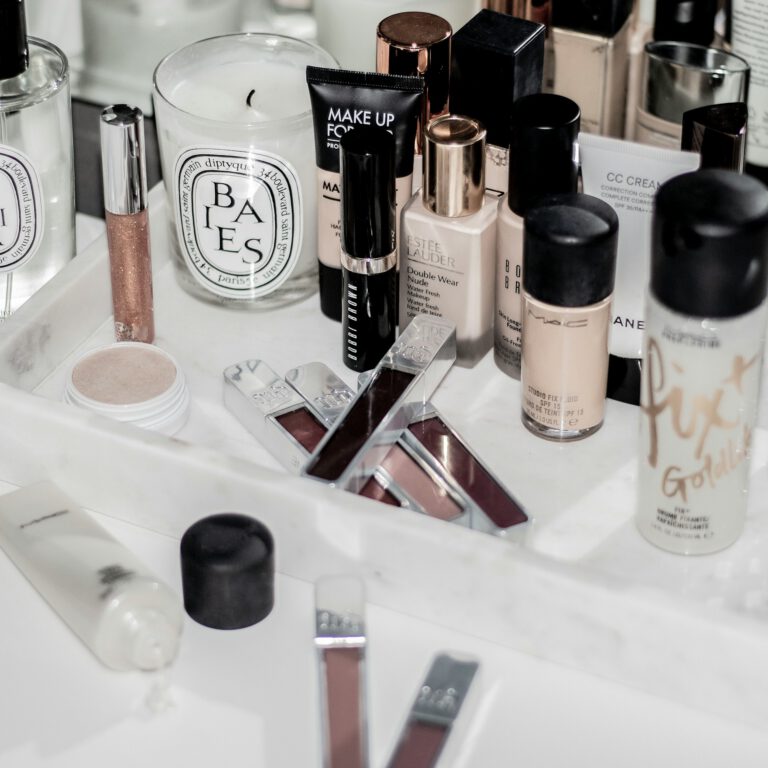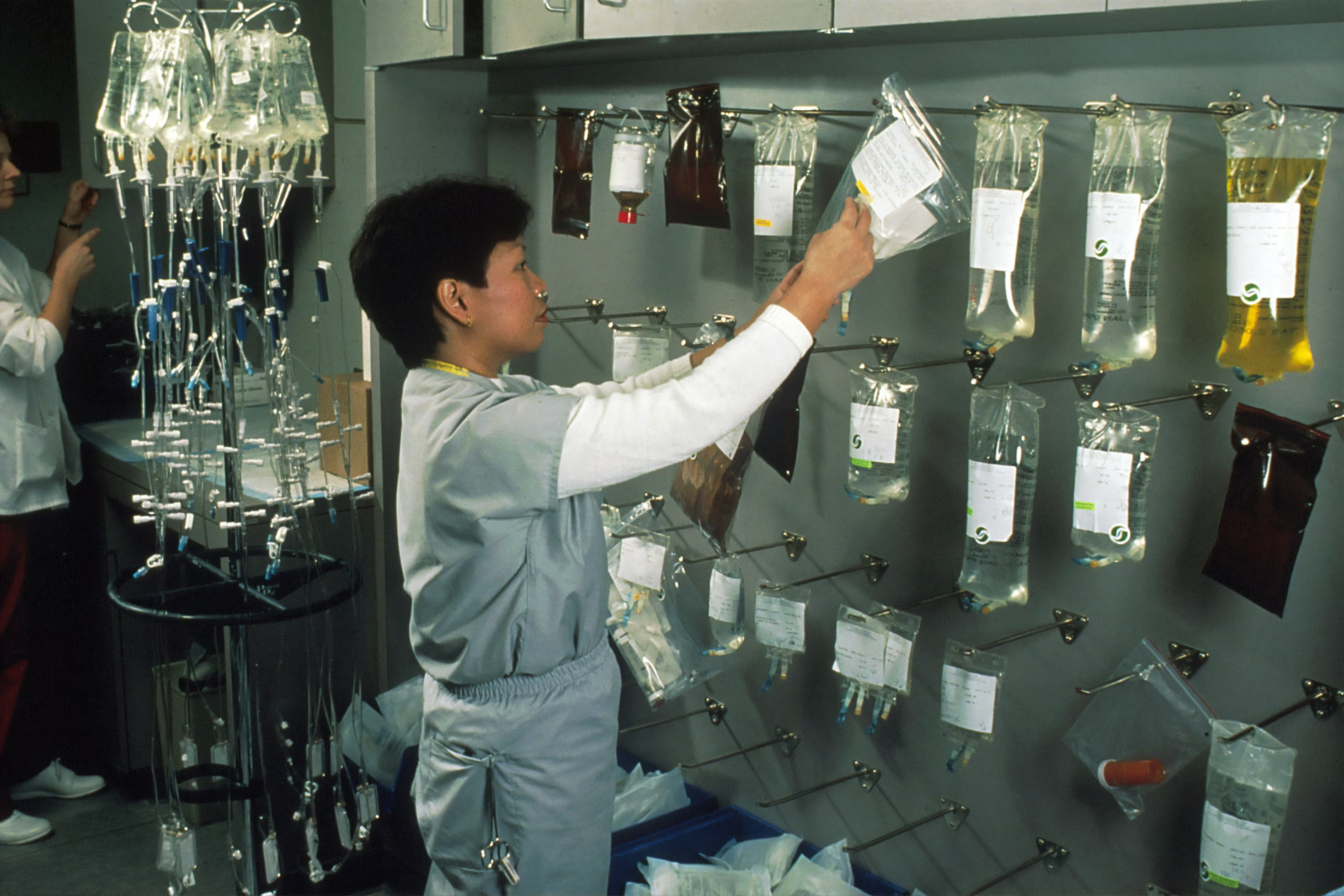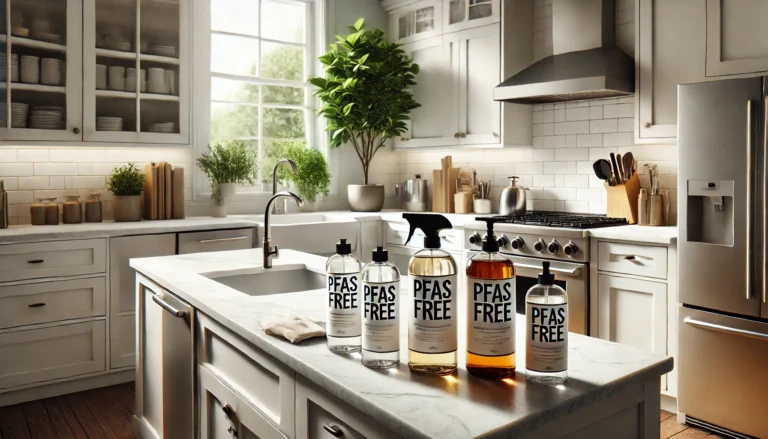The transition to a PFAS-free lifestyle might seem daunting, but with the right information and a few practical steps, you can significantly reduce your exposure to these harmful chemicals. Let’s explore how you can make this transition smoothly and effectively.
Understanding PFAS
First, a quick refresher: PFAS, or per- and polyfluoroalkyl substances, are a group of synthetic chemicals used in various products for their resistance to heat, water, and oil. These “forever chemicals” persist in the environment and our bodies, posing potential health risks such as cancer, liver damage, and developmental issues in children. Read more in our article What Are PFAS and Why Should You Avoid Them?
Why Go PFAS-Free?
Avoiding PFAS is crucial for your health and the environment. By reducing your exposure, you lower your risk of the associated health issues and contribute to a cleaner planet.
Now, let’s dive into practical steps to transition to a PFAS-free lifestyle.
Educate Yourself and Assess Your Home
The first step in transitioning to a PFAS-free lifestyle is education. Understanding where PFAS are commonly found is essential. These chemicals are prevalent in non-stick cookware, stain-resistant fabrics, water-repellent clothing, certain cleaning products, and some food packaging. Start by evaluating the items in your home. Make a list of products that likely contain PFAS and prioritize which items to replace first. Websites like cleanproductlist can be invaluable resources for identifying safe, PFAS-free products and brands.
Revamp Your Kitchen
One of the most significant areas to address is your kitchen. Non-stick pans are a common source of PFAS, as their coatings often contain these harmful chemicals. Consider switching to stainless steel, cast iron, or ceramic cookware. These alternatives are not only safer but can also provide excellent cooking results, offering durability and even heat distribution. Additionally, pay attention to food storage containers, as some plastic options can also contain PFAS. Opt for glass, stainless steel, or silicone options instead of non-stick or grease-resistant packaging. Also, be cautious with microwave popcorn bags and fast-food wrappers, as these often contain PFAS. Preparing your own snacks at home can help reduce exposure.
Upgrade Your Personal Care and Cleaning Products
Personal care items such as makeup, dental floss, and skincare products often contain PFAS. Transition to brands that offer PFAS-free options, and pay close attention to ingredient lists, as PFAS can be listed under different chemical names. Similarly, many cleaning products, especially those labeled as stain-resistant or water-repellent, contain PFAS. Look for natural, PFAS-free cleaning products, or make your own using simple ingredients like vinegar, baking soda, and essential oils. DIY cleaning solutions are not only PFAS-free but also cost-effective and eco-friendly. Additionally, check labels on laundry detergents and fabric softeners, as they may also contribute to PFAS exposure in your home.
Filter Your Water
Contaminated drinking water is a significant source of PFAS exposure. Investing in a high-quality water filter, such as those with activated carbon or reverse osmosis systems, can significantly reduce PFAS levels in your water supply. This step is particularly important if you live in an area known for PFAS contamination, as municipal water systems may not always filter out these chemicals effectively. Regularly replace your water filters according to the manufacturer’s guidelines to ensure they remain effective. In addition, consider testing your water periodically to monitor PFAS levels, especially if you rely on well water.
Be Mindful of Your Clothing and Home Goods
Clothing and outdoor gear treated for water and stain resistance often contain PFAS. Look for PFAS-free brands that offer safe and stylish alternatives, particularly for items like raincoats, hiking gear, and workout clothes. This also applies to household items like carpets, upholstery, and even shower curtains, which may be treated with PFAS to repel water and stains. Whenever possible, choose natural fibers and untreated fabrics. These materials are not only safer but also more breathable and comfortable. Additionally, avoid using stain-resistant sprays on furniture and carpets, as these often contain PFAS, and opt for regular cleaning and maintenance instead.
Support and Advocate for PFAS-Free Products
Supporting brands that commit to producing PFAS-free products encourages more companies to follow suit. Additionally, getting involved in community and legislative efforts to regulate and ban PFAS can make a broader impact. Your voice can help push for a healthier, PFAS-free future.
Conclusion
Transitioning to a PFAS-free lifestyle is a gradual process, but each step you take makes a significant impact on your health and the environment. By staying informed, making conscious choices, and using resources like cleanproductlist.com, you can effectively reduce your exposure to these harmful chemicals. Remember, every small change contributes to a healthier, safer world. Embrace the journey towards a PFAS-free lifestyle and inspire others to do the same.









